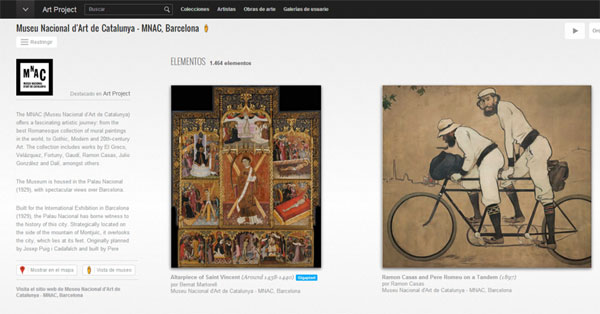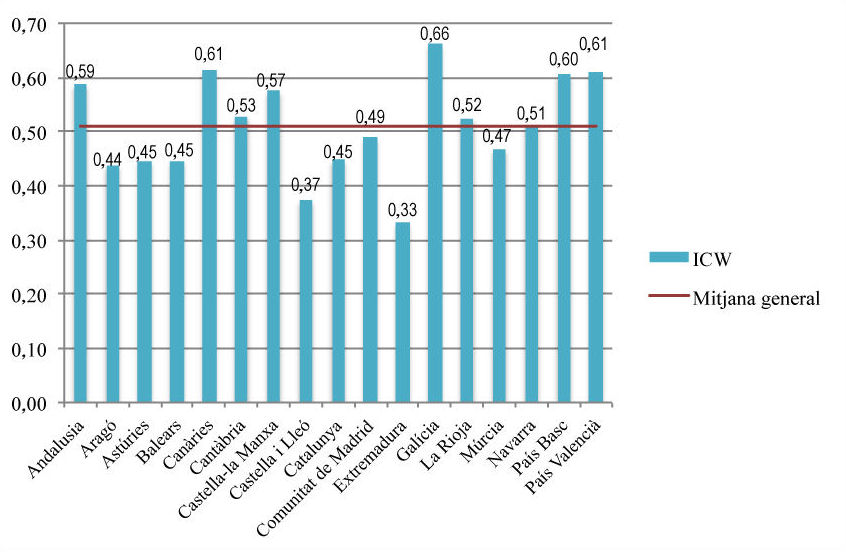Iniciatives de difusió de qualitat a Internet dels museus i les col·leccions museogràfiques de Catalunya
Objectius: analitzar la presència del patrimoni cultural català a Internet a través de la selecció d’experiències i iniciatives de qualitat. Es presenten els projectes del MNAC a l’Art Project de Google, el Padicat, Museus en línia, la Xarxa de Museus Locals, la Carta arqueològica de Barcelona, el CCCBLab, el portal dels Museus de Girona i el Viquiprojecte:ICUB.
Metodologia: s’han dut a terme diverses proves de consulta, cerca i visualització dels continguts dipositats i accessibles a Internet per determinar-ne l’eficiència, l’eficàcia i el funcionament correcte.
Resultats: es constata que hi ha una gran varietat en les solucions utilitzades pels museus per tenir presència a Internet i que varia en l’abast, el punt en què es posa el focus (la institució o la peça) i la complexitat tecnològica. — Objectives: This paper determines how Catalan cultural heritage is presented on the Internet by examining a selection of quality websites including the projects of the Museu Nacional d’Art de Catalunya (National Museum of Art of Catalonia, MNAC) at Google’s Art Project, the web archive Patrimoni Digital de Catalunya (Digital Heritage of Catalonia, PADICAT), the Government of Catalonia’s Museus en línia (Online Museums), the Provincial Council of Barcelona’s Xarxa de Museus Locals (Network of Local Museums, XML), Barcelona City Council’s Carta arqueològica de Barcelona (Archaeological Map of Barcelona), the CCCBLab project at the Centre de Cultura Contemporània de Barcelona (Barcelona Centre for Contemporary Culture, CCCB), the webpage Museus de Girona (Museums of Girona), and finally the project Viquiprojecte:ICUB, which was created by the Catalan language edition of Wikipedia and the Institut de Cultura de Barcelona (Institute of Culture of Barcelona, ICUB).
Methodology: The study assessed the effectiveness, adequacy and usability of the websites by testing the quality of the features enabling users to consult, browse and view content.
Results: It was observed that museums use a wide range of methods to establish their presence online and that their public reach, the focus they choose (institution or exhibit) and the technology they use all vary considerably.


